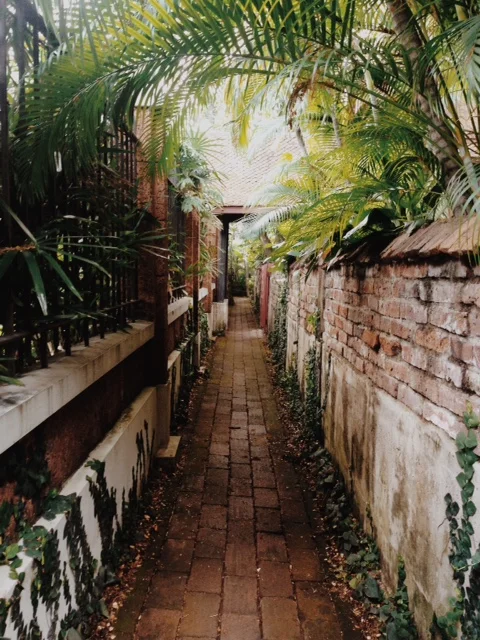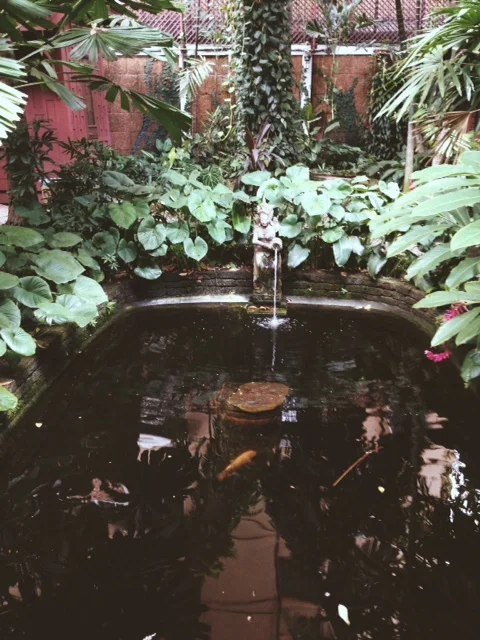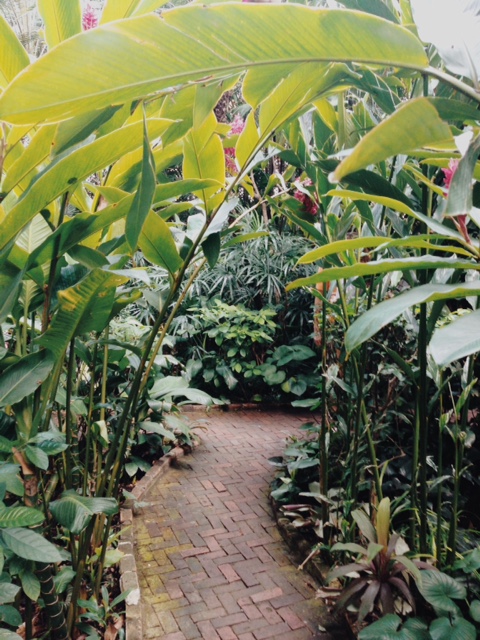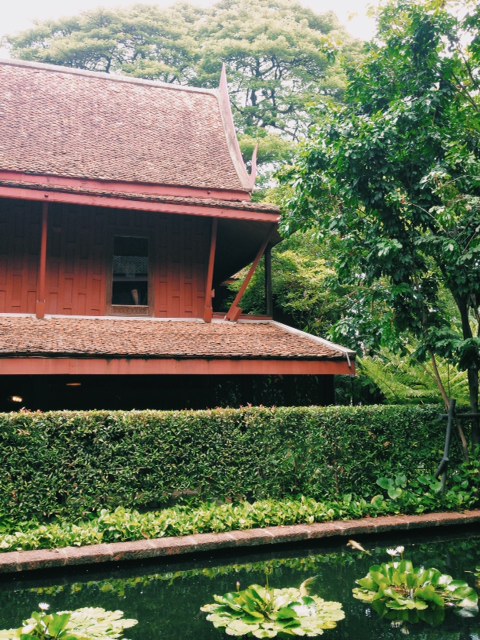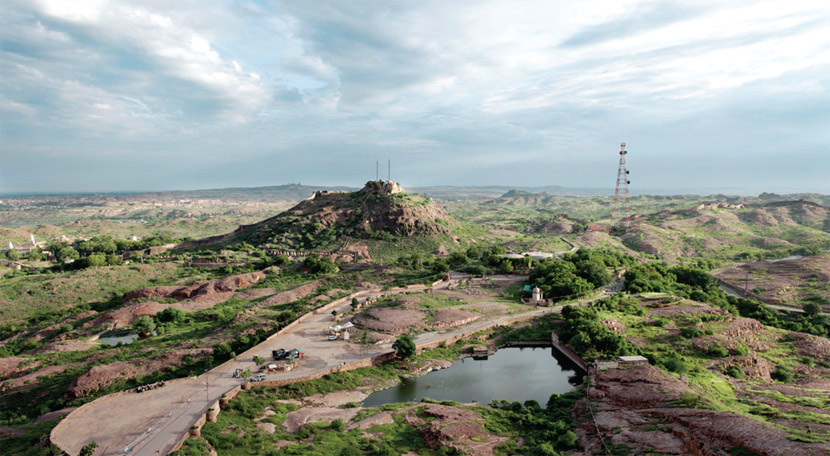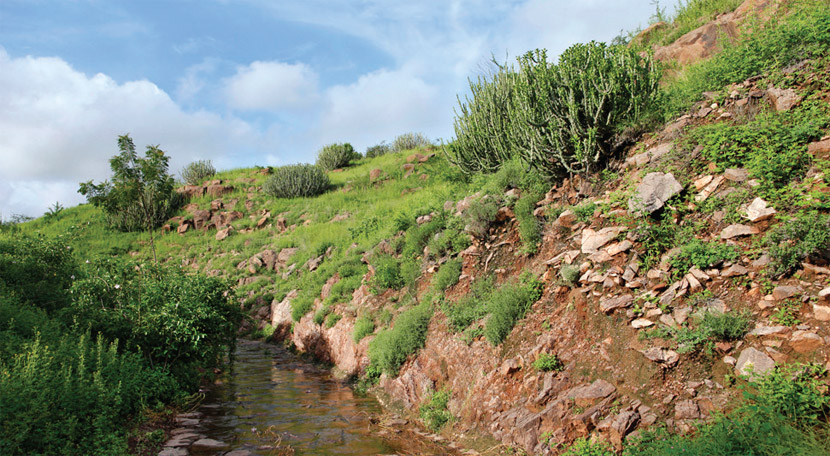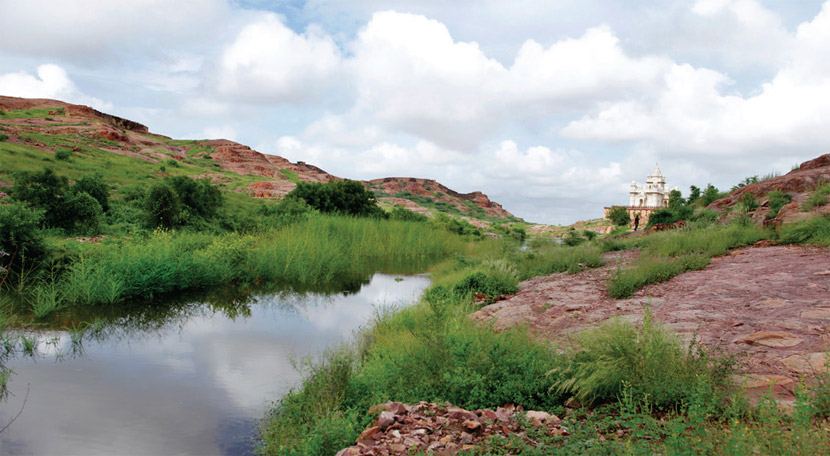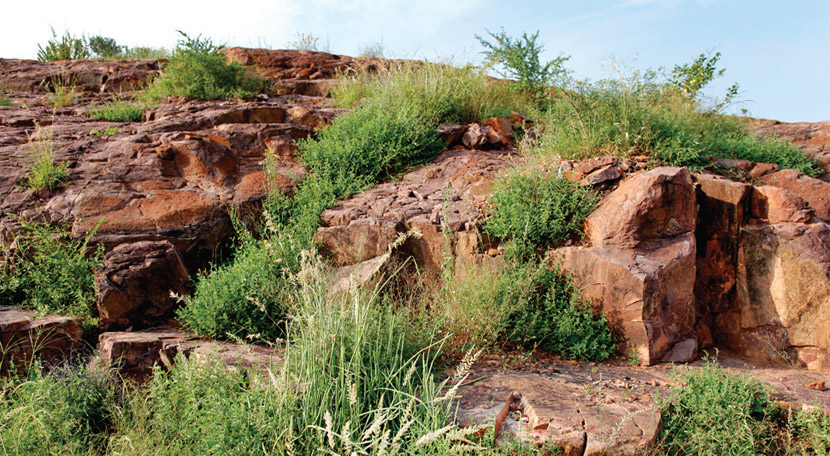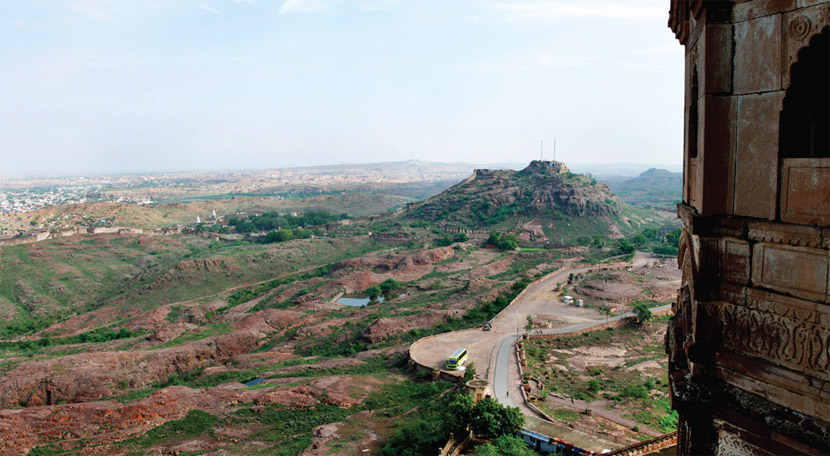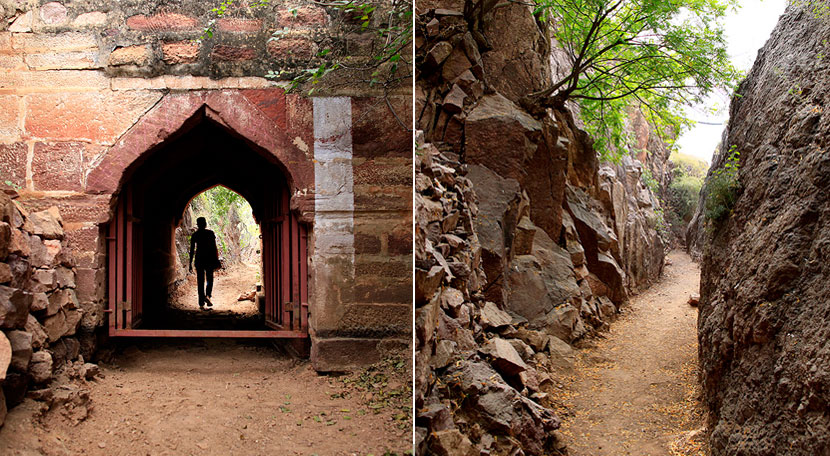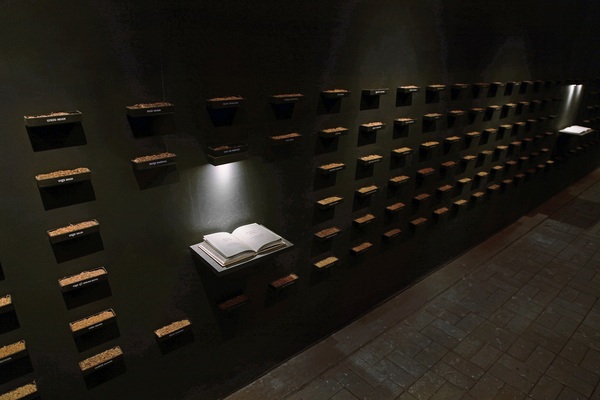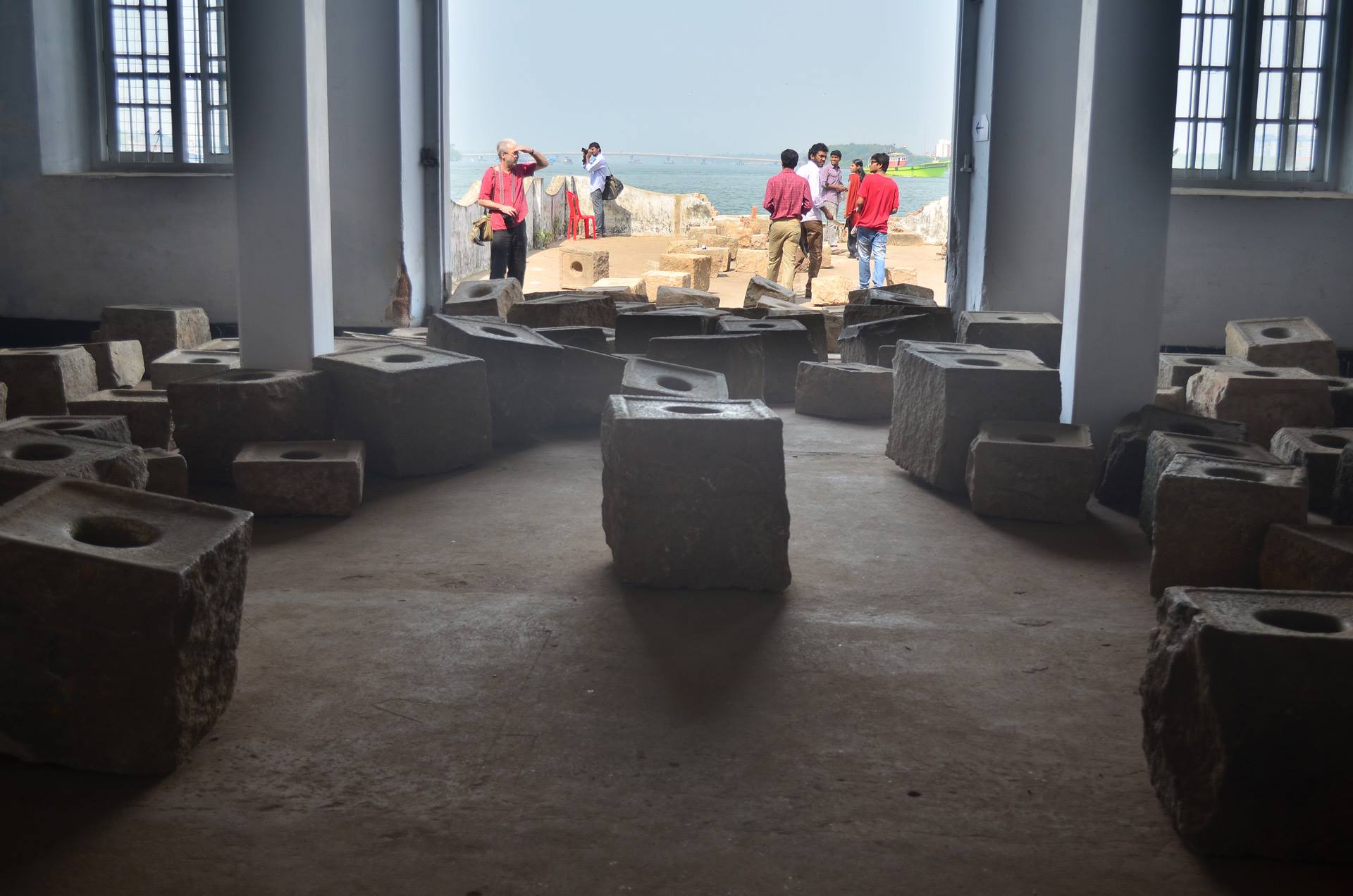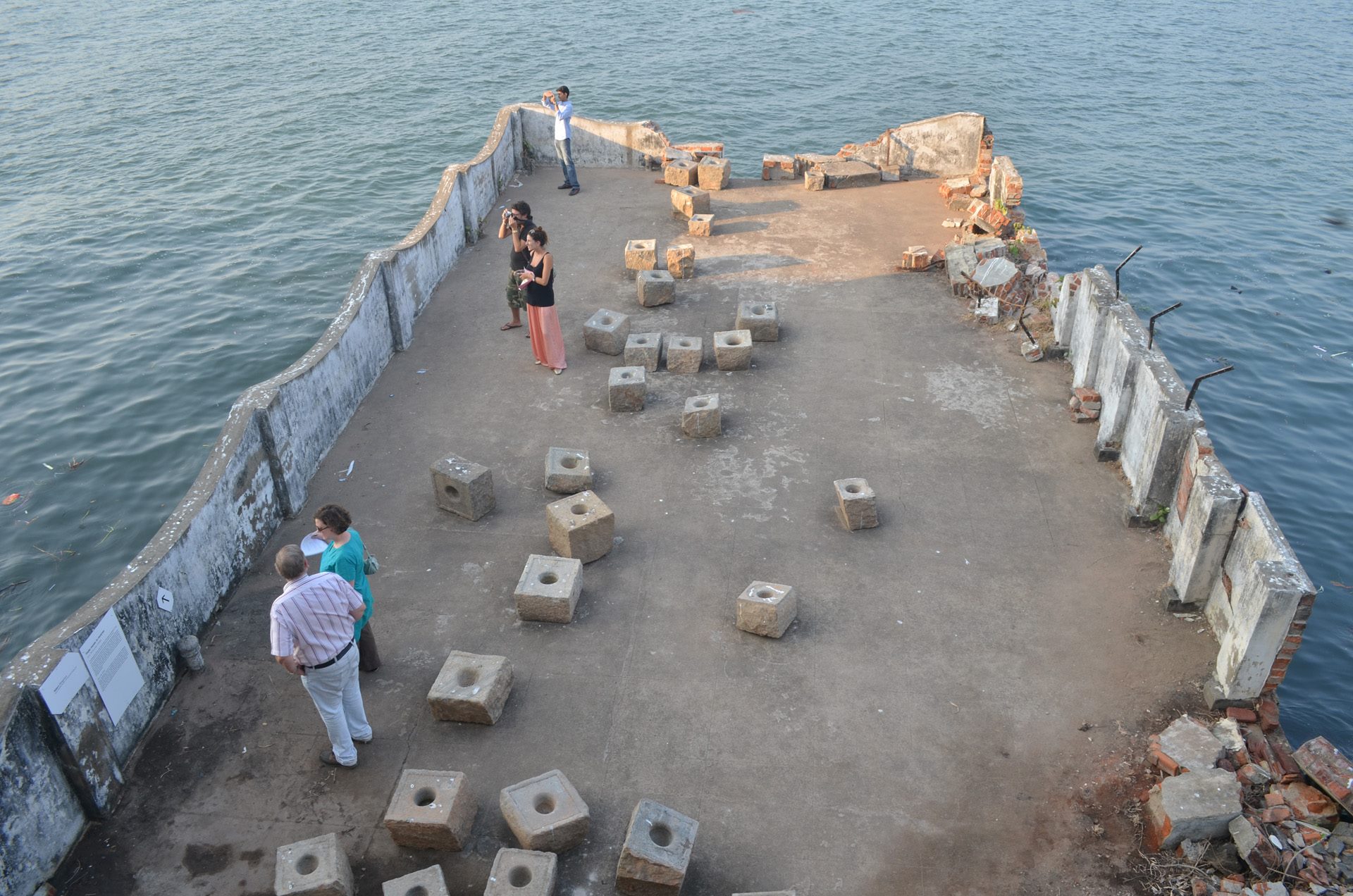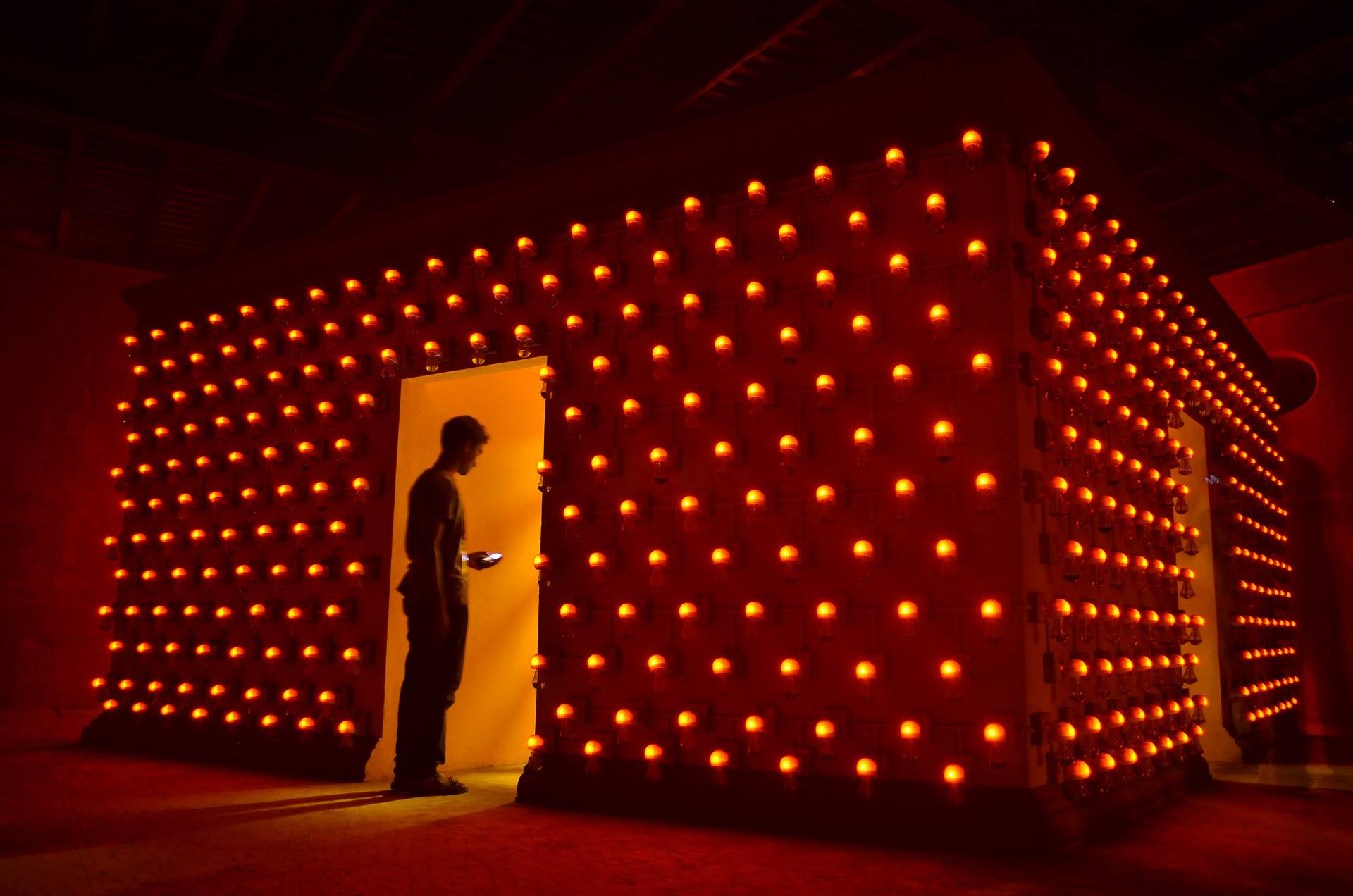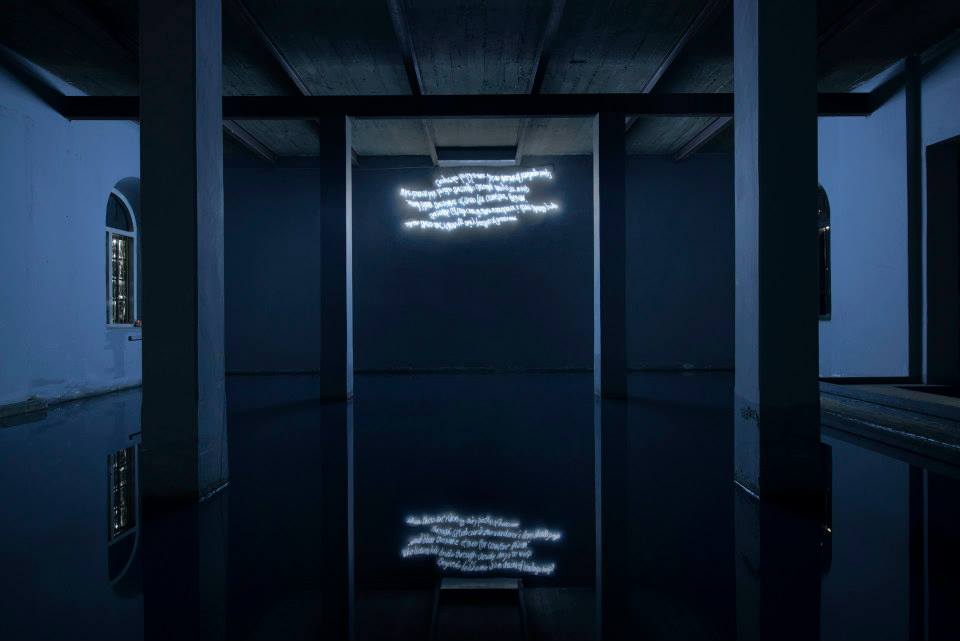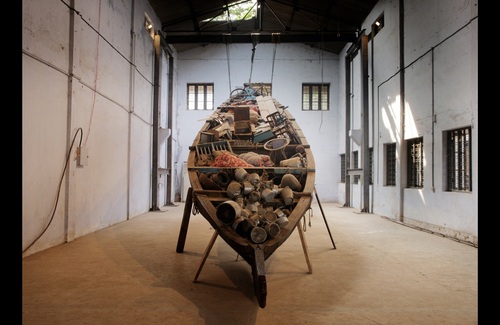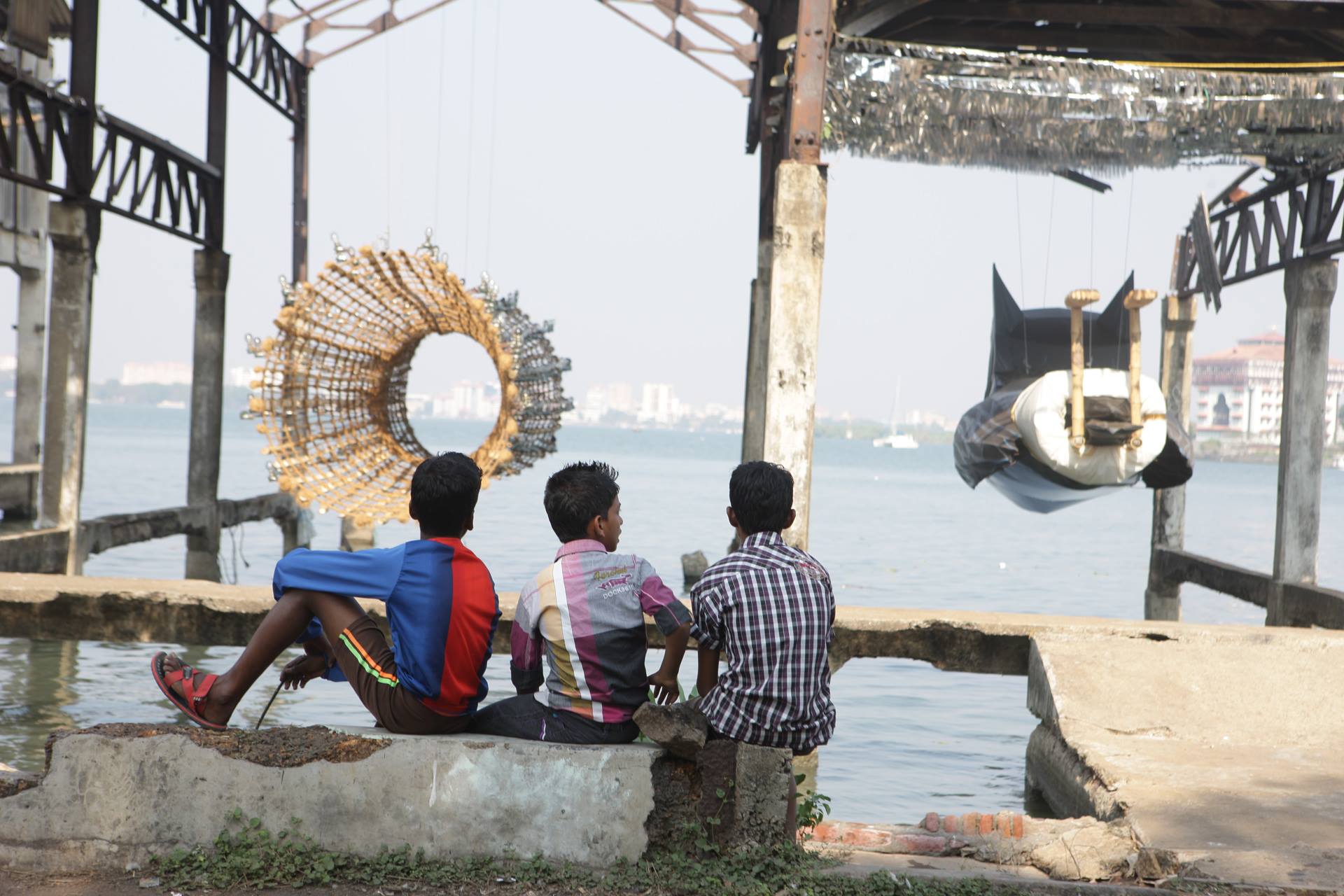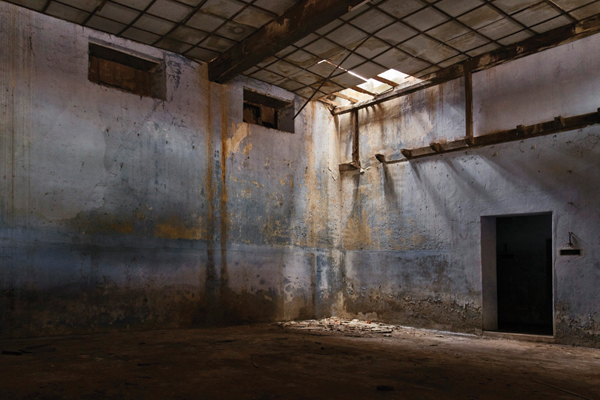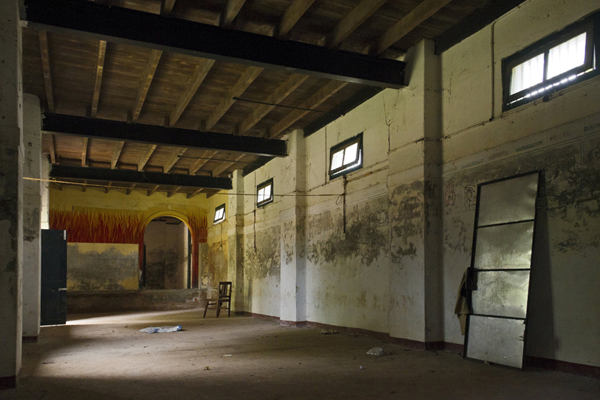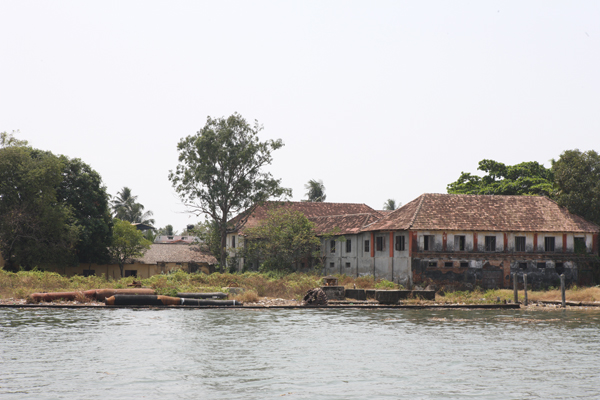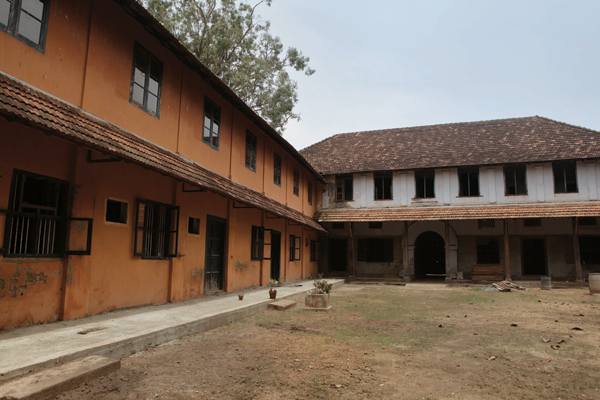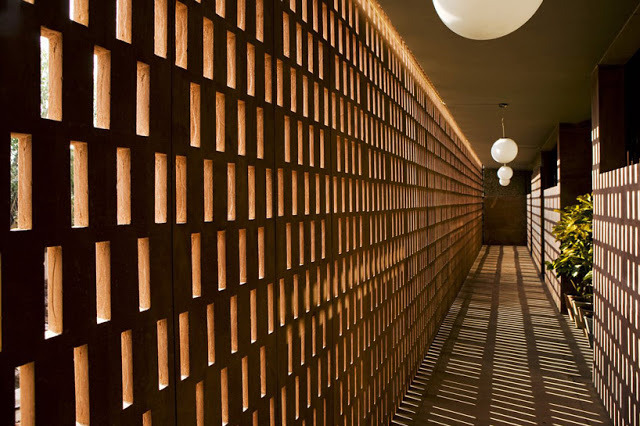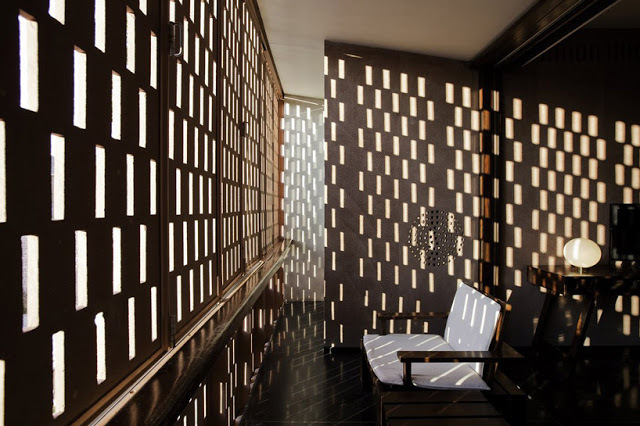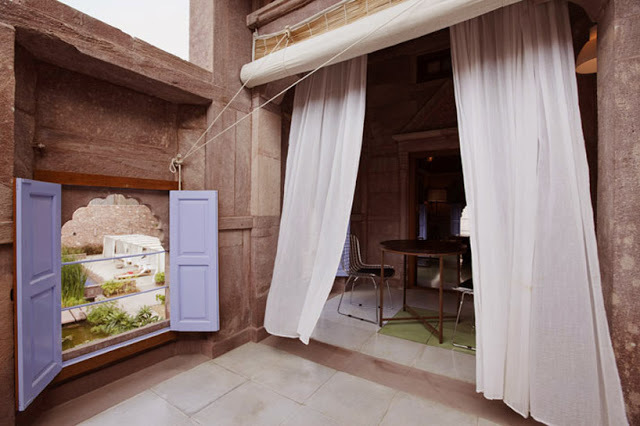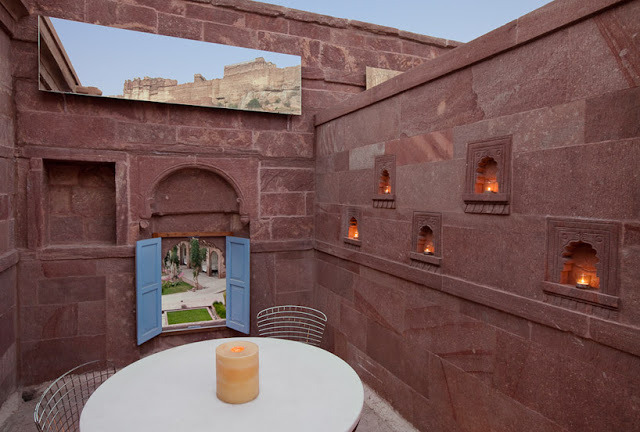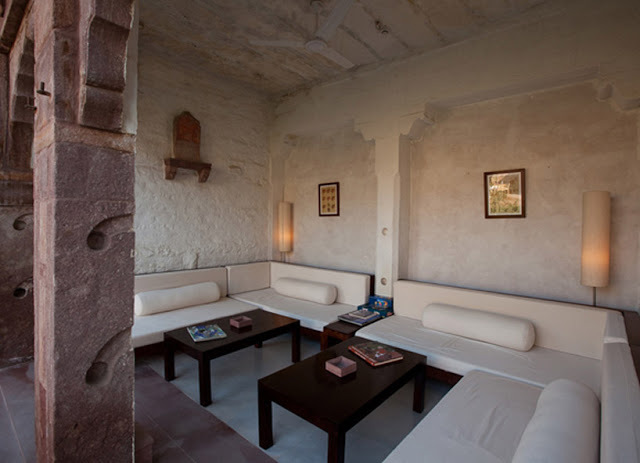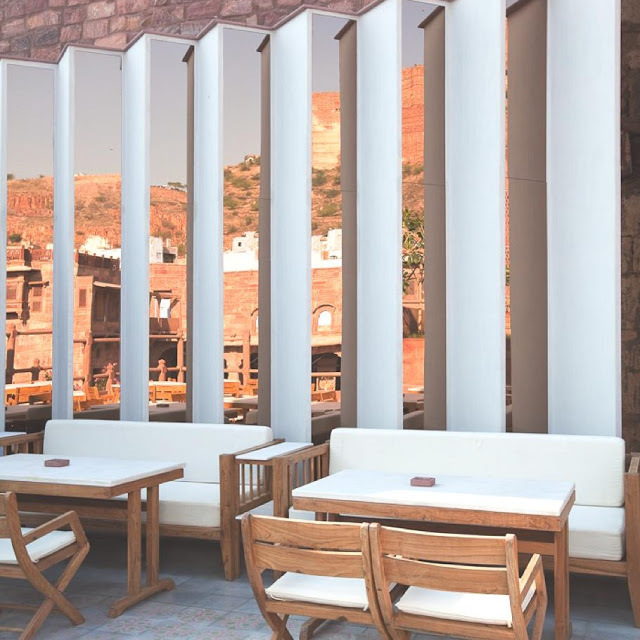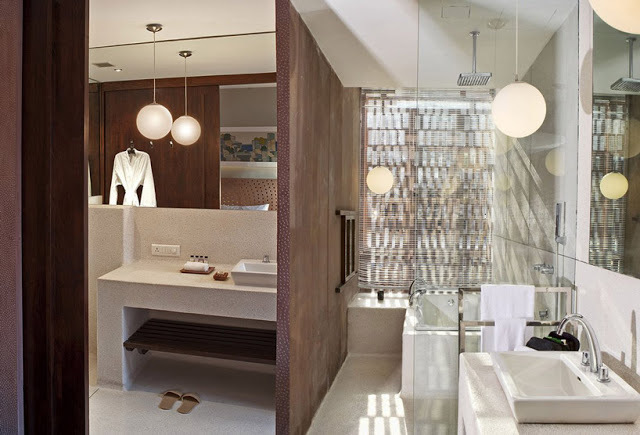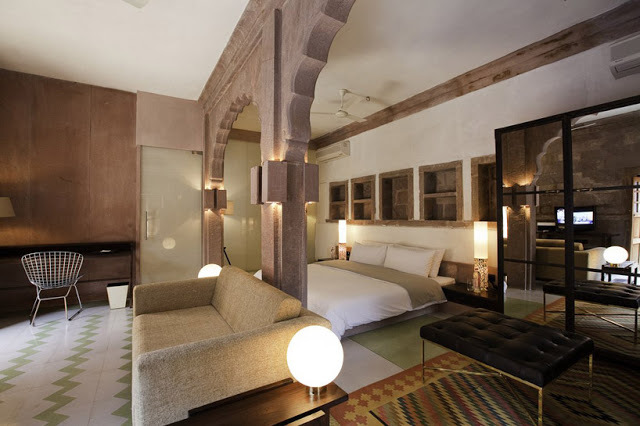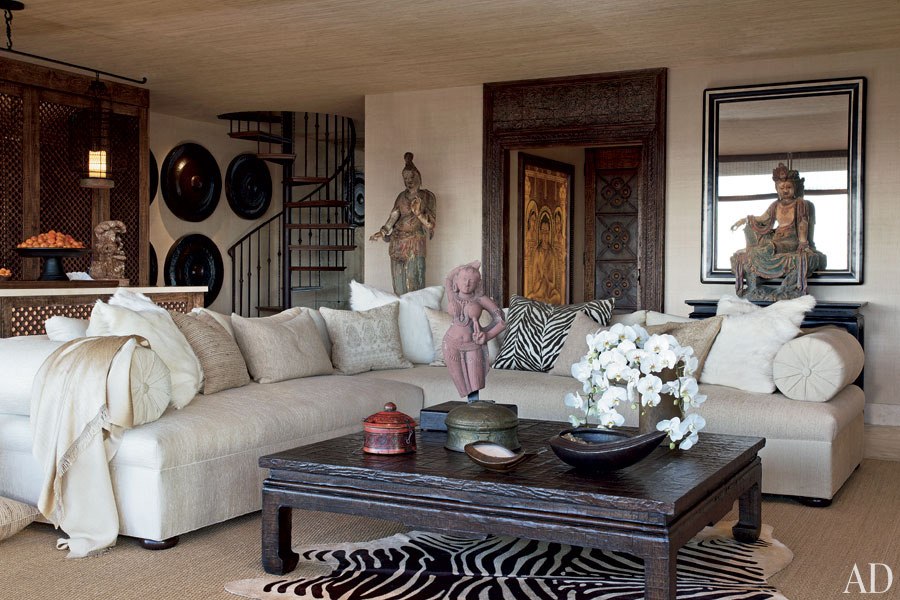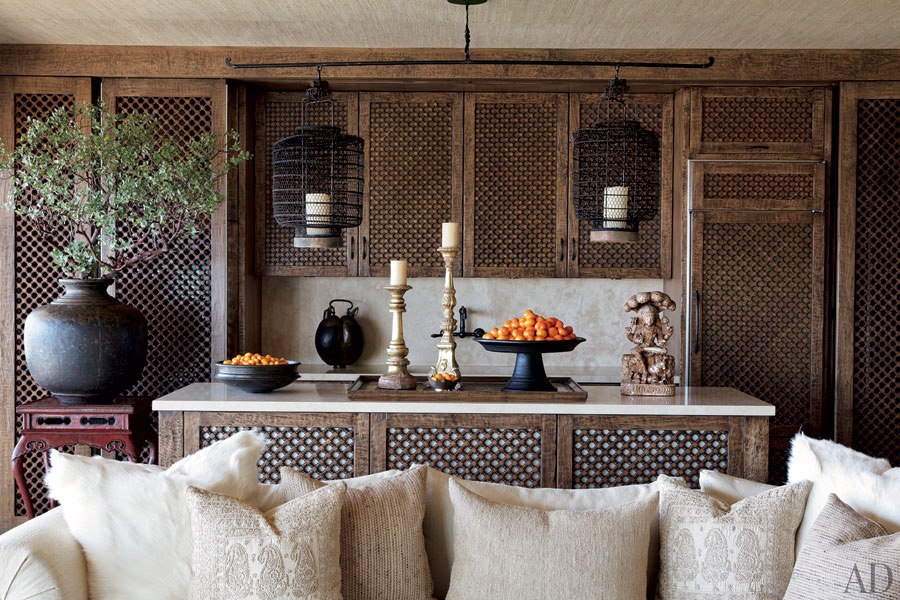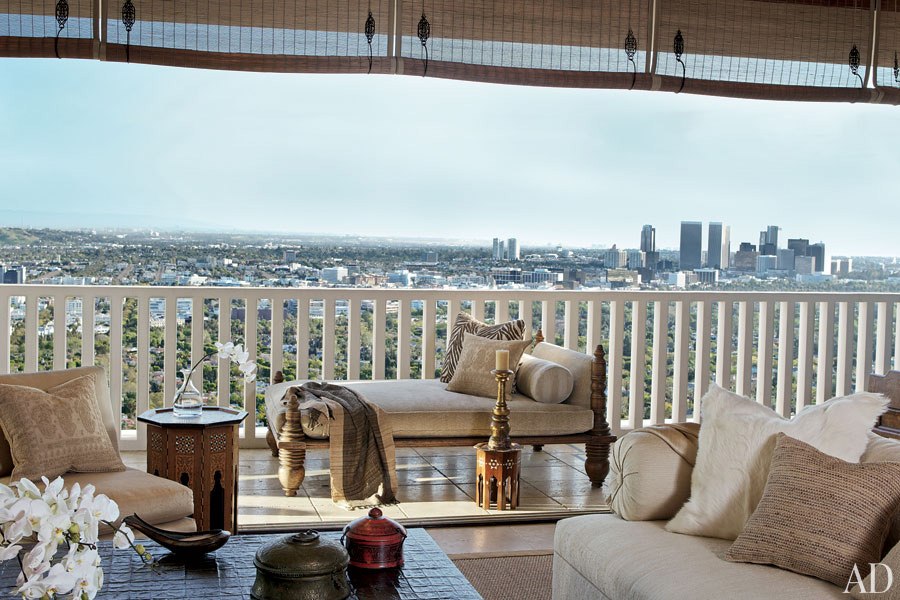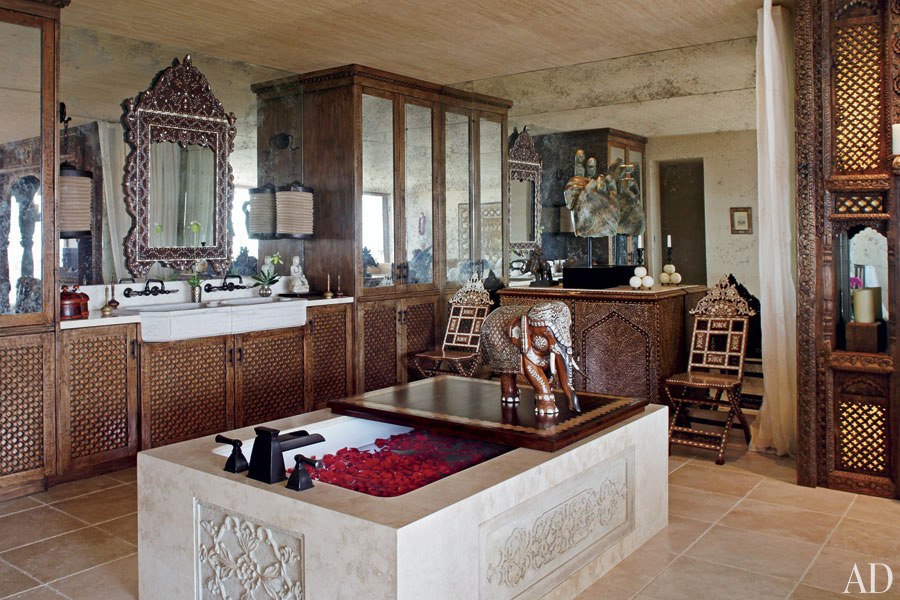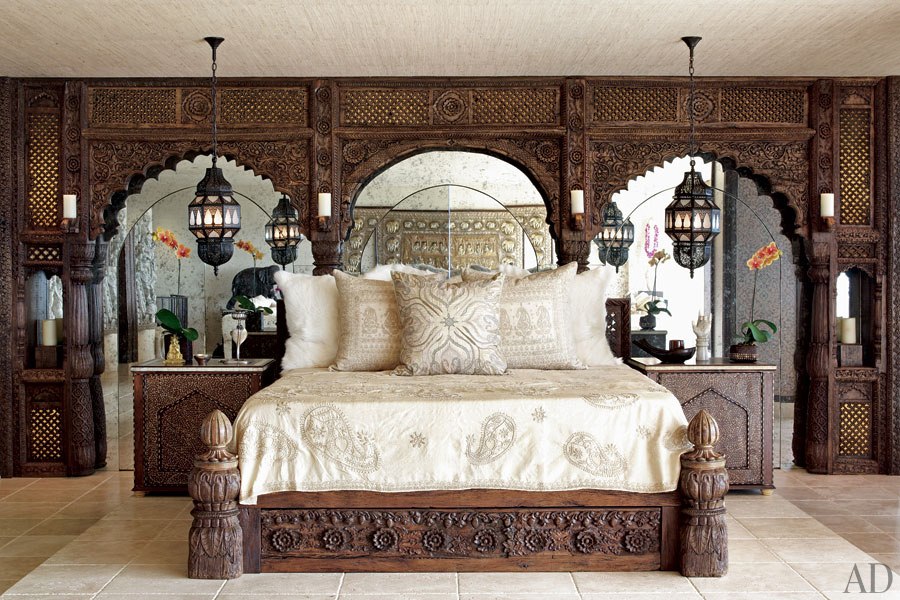...very productive here at Grounded and very rewarding too.
In 2015, at Grounded, we began construction on our second project at Goa. Named 'Navovado', we are moving full steam ahead to complete by its target date in Q4, 2016. Navovado is an opportunity for us to further develop our design principles to build in harmony with nature, to use of local natural materials, to design glorious indoor-outdoor spaces with natural ventilation and abundant daylight.
In 2015, we added Pallavi Chitnis, a key new member to our team. Pallavi is a graduate from the School of Planning & Architecture in Delhi and brings twelve years of work experience to Grounded. Pallavi can often be found obsessing over details at the Navovado construction site or absorbed in spotting, identifying and photographing the birds of Goa.
In 2015, we continued to receive recognition for our first project, 'Nivim'. Nivim was awarded the Archidesign Award for the 'Best Private Residence Design' in India in 2014. Nivim was also recognized as the first green certified home in Goa by the Indian Green Building Council's publication 'Envoy'.
Ahead in 2016, our first priority is to complete Navovado to the highest level of design and construction quality. We will be pursuing green certification for the project and hope to achieve the highest standard possible. As we grow, we are also putting together plans and ideas for future projects in Goa.
We are committed to expanding our brand identity through our presence on the web and social media. Please take some time to explore our Facebook feed, Pinterest boards and Instagram Photos.
Here is wishing you all a very Happy New Year!
Grounded Team.







